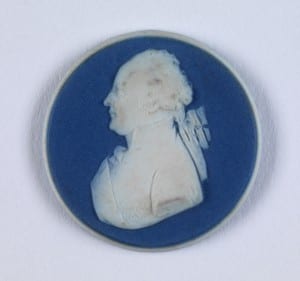Object of the week 382: Isaac Cruikshank, French Happiness, English Misery (1793)
By Nina Pearlman, on 24 May 2019
This blog post is written by Lisa Bull, UCL Museum Studies 2019-20
UCL Art Museum is home to an impressive collection of French and British satires from the eighteenth and nineteenth century. This collection is the result of a generous gift by Professor David Bindman made possible through the Cultural Gift Scheme and it forms the basis for a series of exhibitions on visual satires chronicling the French Revolution. The new addition to this series will be Witnessing Terror: French Revolutionary Prints 1792-4 due to open at UCL Art Museum in January 2020.
In the eighteenth and nineteenth centuries satire was the key means to spread news. Satire was and still is an effective means of stimulating debate due to its accessibility. Their intention to have a clear message and the relatively quick method of production meant they could be enjoyed by many. They are often aimed at ridiculing an individual, policy or group in society but while retaining an important moral message. Satires are still a key form of media utilised in most news forums, but here in the twenty-first century social media has filled this gap and is essential for us to keep in touch with current affairs.
My role is to help catalogue the works by British satirists in this collection, such as William Hogarth, James Gillray, Isaac Cruikshank, Thomas Rowlandson and Charles Jameson Grant. (more…)
 Close
Close







